 A recent survey has revealed that 63% of UK residents consider a degree in Dance and the Performing Arts to be equally as valuable as any other theoretical subject, with a further 56% of parents stating they would take pride in their children pursuing a career in The Arts.
A recent survey has revealed that 63% of UK residents consider a degree in Dance and the Performing Arts to be equally as valuable as any other theoretical subject, with a further 56% of parents stating they would take pride in their children pursuing a career in The Arts.
As university fees rose dramatically from an average of £3,225 per year to £8,400, with some universities charging the maximum of £9,000 per annum, along with the recent news that the government loses 45p for every £1 loaned to students, the actual value of higher education has been pulled into the general public’s spotlight.
For many, the opinion may be that degrees should be studied in order to secure the best possible career following graduation, which, for some, may lower the opinion of the value of performing arts and dance, along with languages and other studies of the arts.
However, a recent survey conducted by One Poll on the behalf of Dance Direct, has shown that this opinion is not overwhelmingly negative. Along with the result that 63% of the British public believe that a degree in dance is as commercially valuable as any other theoretical degree, it has also shown that more than a quarter of the 1,000 participants polled believe that pursuing a career in the subject is “sensible”.
Hobby Versus Career
While the results might not show that the British public see a degree in dance as a guaranteed investment for a career path, it is vital that the study of a degree of any kind is not seen purely as an investment for employment.
Underemployment is a significant issue for many graduates, as a study conducted in November 2013 found that almost half of graduates were working non-degree related jobs. While the figures may prove to be depressing for many, they should not necessarily be considered a death toll for those looking to study dance at a high educational level, as the proof shows that the value of the vast majority of degrees has been brought into focus.
In a response to the survey, Paul Franklin, Head of Marketing at Dance Direct, stated: “For the dance industry to continue, we need budding performers not to lose sight of the extremely rewarding career path that dance can bring”.
“Rising university fees are unfortunately a barrier many young people are facing at the moment, and it’s understandable for parents to think that a job in a more theoretical discipline would stand their child in better stead for the future.”
He added: “However, this is not the route many young people want to go down. If their talent lie in dance, they should be actively supported in following the career path that they want to follow.”
Passion in the Arts
A career in dance must be realistically viewed as difficult, with strict competition between those hoping to work in the industry. However, as studies show, there is competition in every role, no matter what the industry is.
Ultimately, passion should be considered as the main indicator of the value of a degree in the performing arts. As a recent study published in The Telegraph shows, 19 out of 20 graduates have changed their career before turning 24, with “creative skills” cited as one of the most valuable assets a potential employee can have.
The noted value of creativity and passion for any role is universally acclaimed, as those students who have perhaps conducted a career which they do not ultimately care for, do not have the motivation to continue in the career.
As an industry, performing arts has always been considered somewhat cut-throat, but through the commitment shown by studying a degree, along with talent and passion, will undoubtedly give young dancers the boost that they deserve into a career.
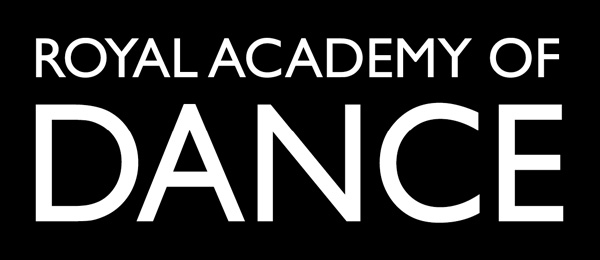 The Royal Ballet received the Royal Academy of Dance’s highest award during a fundraising gala recently: the QEII Award – presented annually in recognition of outstanding services to the art of ballet by the RAD – was first conferred sixty years ago upon Royal Ballet founder Dame Ninette de Valois, in 1954.
The Royal Ballet received the Royal Academy of Dance’s highest award during a fundraising gala recently: the QEII Award – presented annually in recognition of outstanding services to the art of ballet by the RAD – was first conferred sixty years ago upon Royal Ballet founder Dame Ninette de Valois, in 1954.
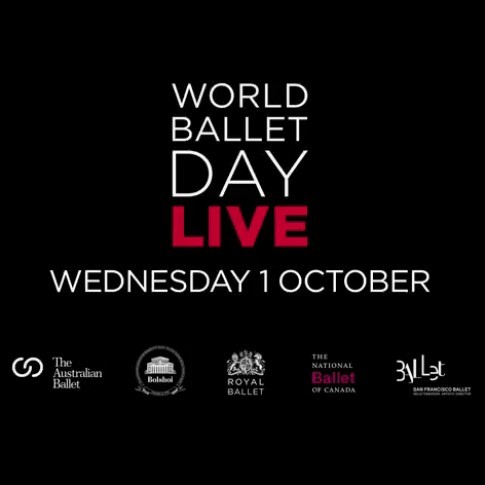 On 1 October, the first World Ballet Day will see a fantastic collaboration between five of the world’s leading ballet companies: the Australian Ballet, the Bolshoi Ballet, The Royal Ballet, National Ballet of Canada and San Francisco Ballet. On the first day of October, each company will stream behind-the-scenes action live from their rehearsal studios. Starting at the beginning of the dancers’ day, each company will take the lead with a four-hour period, streaming from their headquarters.
On 1 October, the first World Ballet Day will see a fantastic collaboration between five of the world’s leading ballet companies: the Australian Ballet, the Bolshoi Ballet, The Royal Ballet, National Ballet of Canada and San Francisco Ballet. On the first day of October, each company will stream behind-the-scenes action live from their rehearsal studios. Starting at the beginning of the dancers’ day, each company will take the lead with a four-hour period, streaming from their headquarters.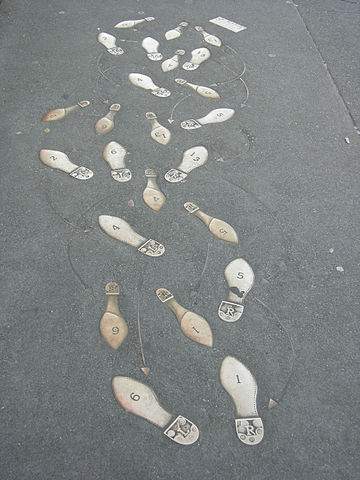 Surprisingly many dance students find learning new combinations tricky and challenging. Of course the more you try to learn new exercises quickly the easier it becomes, but there are a few tricks to make it easier.
Surprisingly many dance students find learning new combinations tricky and challenging. Of course the more you try to learn new exercises quickly the easier it becomes, but there are a few tricks to make it easier.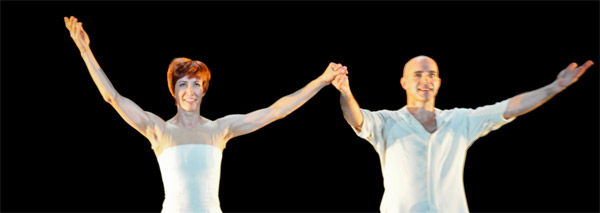 The iconic and ethereal dancer Sylvie Guillem has announced that she will retire at the end of 2015. Having begun as a classical ballet dancer at the Paris Opera Ballet and then becoming a principal with the Royal Ballet, the French ballerina turned contemporary dancer will be sorely missed by her audiences. Guillem joined the Paris Opera Ballet in 1981 where she was singled out by director Rudolf Nureyev: she was promoted to the top rank faster than any other dancer with the company.
The iconic and ethereal dancer Sylvie Guillem has announced that she will retire at the end of 2015. Having begun as a classical ballet dancer at the Paris Opera Ballet and then becoming a principal with the Royal Ballet, the French ballerina turned contemporary dancer will be sorely missed by her audiences. Guillem joined the Paris Opera Ballet in 1981 where she was singled out by director Rudolf Nureyev: she was promoted to the top rank faster than any other dancer with the company. Strictly Come Dancing is back for 2014! Judges Len Goodman, Darcey Bussell, Craig Revel Horwood and Bruno Tonioli will all be returning to the popular BBC1 show, ready to judge 15 celebrities on their ability to jump, jive and boogie.
Strictly Come Dancing is back for 2014! Judges Len Goodman, Darcey Bussell, Craig Revel Horwood and Bruno Tonioli will all be returning to the popular BBC1 show, ready to judge 15 celebrities on their ability to jump, jive and boogie. A recent survey has revealed that 63% of UK residents consider a degree in Dance and the Performing Arts to be equally as valuable as any other theoretical subject, with a further 56% of parents stating they would take pride in their children pursuing a career in The Arts.
A recent survey has revealed that 63% of UK residents consider a degree in Dance and the Performing Arts to be equally as valuable as any other theoretical subject, with a further 56% of parents stating they would take pride in their children pursuing a career in The Arts. For over a decade, Dance Direct has striven to provide the best value in dancewear, so dancers can focus more on their training and less on their kit. Although a lot has changed during this time, our ultimate goal of making affordable, high quality dancewear widely available remains at the heart of the Dance Direct brand.
For over a decade, Dance Direct has striven to provide the best value in dancewear, so dancers can focus more on their training and less on their kit. Although a lot has changed during this time, our ultimate goal of making affordable, high quality dancewear widely available remains at the heart of the Dance Direct brand. Teachers are an integral part of a dancer’s development. Not only do they aim to build up the dancer’s talent and ability but they also act as a mentor and inspiration to the student.
Teachers are an integral part of a dancer’s development. Not only do they aim to build up the dancer’s talent and ability but they also act as a mentor and inspiration to the student.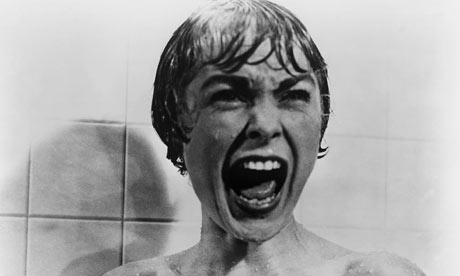 Fear backstage is common for at least 50% of performers, regardless of performance experience. More commonly known as “stage fright”, performance anxiety can be a constant problem or something that emerges over time.
Fear backstage is common for at least 50% of performers, regardless of performance experience. More commonly known as “stage fright”, performance anxiety can be a constant problem or something that emerges over time.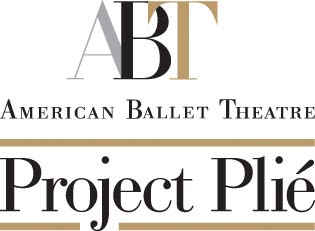 As American Ballet Theatre celebrates its 75th anniversary, it will also celebrate the first birthday of Project Plié, its national initiative focusing on increasing racial and ethnic representation in ballet. Even in the US ballet is still incredibly streamlined, with nearly every major ballet company being made up mostly of Caucasian dancers.
As American Ballet Theatre celebrates its 75th anniversary, it will also celebrate the first birthday of Project Plié, its national initiative focusing on increasing racial and ethnic representation in ballet. Even in the US ballet is still incredibly streamlined, with nearly every major ballet company being made up mostly of Caucasian dancers.